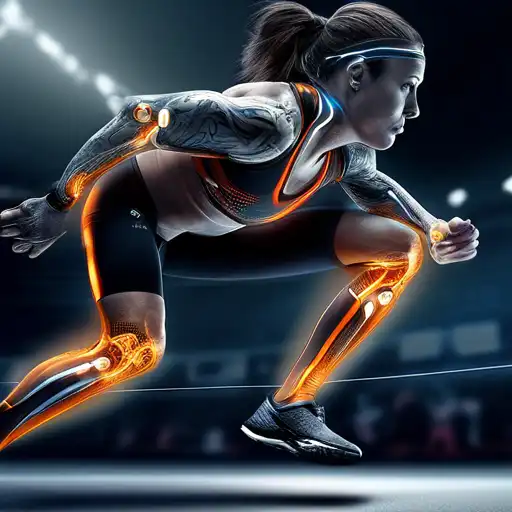Introduction to Wearable Technology in Sports
In the realm of competitive sports and personal fitness, wearable technology has emerged as a game-changer. These innovative devices are designed to monitor, analyze, and enhance athletic performance, offering insights that were once beyond reach. From tracking heart rate to measuring sleep quality, wearable tech provides athletes with the data needed to push their limits.
The Benefits of Wearable Tech for Athletes
Wearable technology offers numerous advantages for athletes aiming to improve their performance. Here are some key benefits:
- Real-time Monitoring: Devices like smartwatches and fitness bands provide instant feedback on vital statistics such as heart rate, calories burned, and distance covered.
- Performance Analysis: Advanced wearables can analyze an athlete's movements to suggest improvements in technique and efficiency.
- Recovery Tracking: By monitoring sleep patterns and muscle activity, wearables help athletes optimize their recovery periods.
- Injury Prevention: Some devices can predict potential injuries by analyzing stress levels and movement patterns, allowing for preemptive adjustments.
Popular Wearable Tech Devices for Athletes
The market is flooded with wearable devices tailored for athletes. Here are a few standout options:
- Smartwatches: Brands like Apple and Garmin offer watches that track a wide range of metrics, from GPS location to oxygen saturation.
- Fitness Bands: Devices such as the Fitbit Charge series focus on health metrics, including sleep quality and step count.
- Smart Clothing: Innovative apparel embedded with sensors can monitor muscle activity and posture in real-time.
- Head-mounted Displays: For cyclists and runners, glasses with built-in displays can provide navigation and performance data without breaking stride.
How Wearable Tech is Shaping the Future of Sports
The integration of wearable technology into sports is not just enhancing individual performance; it's revolutionizing the way teams train and compete. Coaches can use aggregated data to tailor training programs, while leagues may adopt wearables to ensure fair play and athlete safety. As technology advances, the potential for wearable tech in sports is limitless, promising even more sophisticated tools for athletes at all levels.
Conclusion
Wearable technology for athletes represents a significant leap forward in sports science and personal fitness. By providing detailed insights into performance, health, and recovery, these devices empower athletes to achieve their best. As the technology continues to evolve, the future of sports looks brighter—and smarter—than ever.
